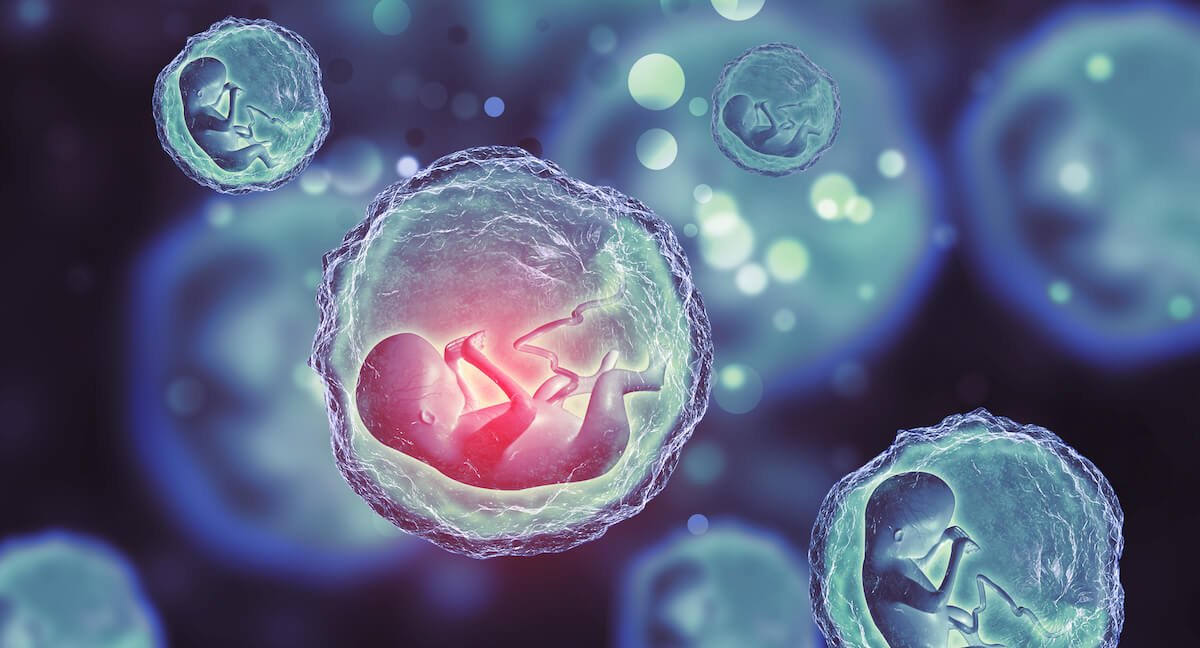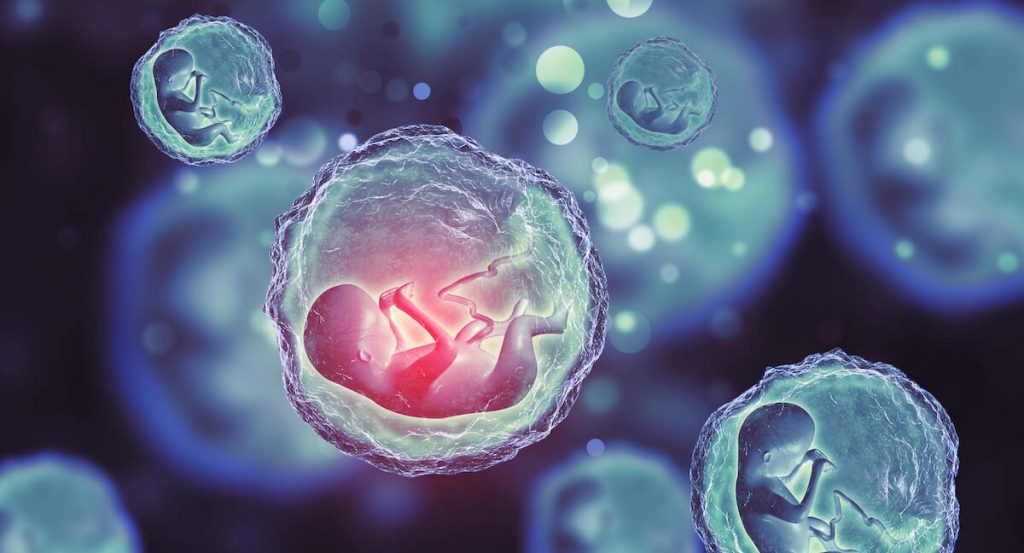Learn about brain health and nootropics to boost brain function
Prenatal Pesticide Exposure Linked to Changes in Teens’ Brain Activity


The more scientists study the effects of pesticides on human health and the natural world, the clearer it becomes that we’ve looked before we’ve leaped. Some of the changes are subtle, and others may take years to manifest. However, we’re slowly cataloging the types and magnitudes of harm chemical pesticides may be bringing to our doorsteps. Suffice it to say, the now well-publicized plight of bee species around the world is the tip of the iceberg [1].
The human population can expect increasing hardships as this assault on biodiversity continues. And scientists have been hard at work increasing our understanding of the much more direct impact pesticides have had, and continue to have, on the human population.
Scientists have known for some time that exposure to pesticides appears to severely raise one’s chances of developing chronic illnesses and diseases. Examples include lymphoma, leukemia and multiple types of cancer — including prostate, ovarian, brain and breast cancer [2]. In addition, birth defects and a range of other types of reproductive harm, including sterility and spontaneous abortions, have also been noted. Further studies have linked the use of pesticides with higher rates of Alzheimer’s disease, Parkinson’s disease, asthma, diabetes and other serious conditions [3].
Although we’ve been fairly confident in our observed link between pesticide use and reproductive harm for some time, knowledge about the longer-term health impact on children has been harder-won. In particular, scientists want to know more about the effects of exposing children to pesticides before birth, and whether doing so results in learning and developmental problems that last well into their teen years.
Just as the negative physical influence of pesticides may take years to manifest in tests, so can the influence on the development of human cognition and brain health.
Prenatal Pesticide Exposure
A team of researchers from the University of California at Berkeley is one group that’s trying to better understand this problem. They’ve already published their findings — titled “Prenatal exposure to organophosphate pesticides and functional neuroimaging in adolescents living in proximity to pesticide application” — in the journal PNAS (Proceedings of the National Academy of Sciences) [4].
The U.S. National Center for Biotechnology Information recognizes organophosphates as toxic and points out that about 3 million Americans are exposed to this compound each year. According to their findings, this exposure directly results in around 300,000 deaths annually around the globe [5].
What did the Berkeley researchers find, and what methods did they employ?
Using a technology called “functional near-infrared imaging” (fNIRS), the researchers took a detailed look at how blood circulates in the brain of nearly 100 adolescent test subjects. This is what’s known as brain activation. It’s where the appropriate region of the brain lights up in response to stimuli it’s tasked with processing. Problems in brain activation can result in higher rates of error, poorer cognition and slower reaction times in a variety of situations.
Each subject hailed from the Salinas Valley in California, which, being a national agricultural hub, sees high rates of chemical pesticide usage. The pool of test subjects came from another research program, called the Center for the Health Assessment of Mothers and Children of Salinas, or CHAMACOS [6]. CHAMACOS is taking a longitudinal approach to understanding how mothers and babies are affected by these chemicals throughout their lives. Researchers at Berkeley have been fruitful research partners with CHAMACOS since 1999.
Here is a summary of the group’s findings:
Compared to their peers who received no exposure to organophosphates inside the womb, the teens taking part in the research showed signs of altered brain activity during tasks that require high levels of brain performance and executive control. This is defined as one’s ability to perform a goal-oriented task requiring cognition, concentration, memory recall, or behavior and impulse control.
During the study, the adolescent test subjects — all between 15 and 17 years of age — were asked to perform several tasks. The researchers used fNIRS technology to study how and when the structures of the brain were activated and how well blood flowed through the cerebral cortex. This is the portion of the brain, divided into four discrete lobes, which oversees sensory processing, motor functions, cognitive performance and behavioral moderation.
In addition to their own methodologies, the Berkeley researchers also used data made available by the California Pesticide Use Reporting Program. This is an important tool for keeping track of geographical pesticide use and determining an individual’s likelihood of having sustained a potentially dangerous level of exposure.
Quite simply, teenagers who received exposure to organophosphate while in their mother’s womb exhibited poorer blood flow to the frontal cortex. Professor Brenda Eskenazi, who led the Berkeley study, said this: “With fNIRS and other neuroimaging, we are seeing more directly the potential impact of organophosphate exposure on the brain, and it may be more sensitive to neurological deficit than cognitive testing [7].”
In other words, the group didn’t just partially demystify how pesticides work on the structures of developing brains. They also devised a potentially more accurate way to measure such effects, versus incumbent methods like cognitive and behavioral testing. The group seems to have chased down a long-elusive effect of chemical pesticide exposure, and one that doesn’t show its full and true colors until adolescence.
Understanding the Implications of These Studies
The study undertaken here, and its findings, are already compelling with a test group of 95 individuals. The researchers plan to engage in another round of testing, this time with an additional 500 subjects. Scaling a project of this kind won’t be overly difficult, the group says, because fNIRS technology is accessible, ubiquitous and inexpensive.
The United States alone deploys some 800 million pounds of pesticide-active ingredients every year, organophosphates being the most common. The typical way these compounds enter the body is through the diet, although living near agricultural areas is associated with exposure through wind drift and residue on clothing and other surfaces.
Here are the observed real-world effects of prenatal organophosphate exposure on developing brains [8]:
“Since 1999, we have followed CHAMACOS mothers and children to investigate pesticides as they relate to childhood growth and development. We previously reported associations of children’s prenatal OP pesticide exposure — exposure through the diet — with a number of neurodevelopmental outcomes, including poorer cognitive development, attention problems and autistic traits such as poor social cognition. We have also reported that higher amounts of OP pesticides applied to agricultural crops within 1 km of mothers’ homes during pregnancy — exposure through wind drift, etc. — are associated with poorer intellectual development, although not with autistic traits.”
Before these efforts, the only other project that applied neuroimaging technology to the question of prenatal pesticide exposure used MRIs to study 40 school-aged children. Half of these students were known to have received low exposure to pesticides, and the other half received higher exposure. Based on this earlier research, the Berkeley study singled out these structures of the brain for review, along with their corresponding behaviors and functions:
- Posterior temporal regions: Language comprehension and attention
- Cuneus and procuneus, superior temporal gyrus and medial superior frontal gyrus: Social cues and cognition and language-related skills
- Orbitofrontal regions and gyrus rectus: Response and behavioral inhibition and working memory
- Dorsal parietal: Visuospatial skills, the ability to identify physical differences between objects
Interestingly, the group notes that some of the testing regimens undertaken by the research subjects — one example is the “Pyramids and Palm Trees” semantic language test — demonstrated both increased and decreased levels of brain activation. In other words, during a limited number of these testing protocols, some subjects showed higher brain activation than was expected in their hypothesis.
They call these parts of their results inconsistencies, but note that the “variable cognitive demands” of their testing methods may account for the discrepancy. Another explanation is that long-term exposure to pesticides may result in “an increase in recruitment of neural resources to effectively meet the demands of a straightforward working memory task.” This theory is based on previously published work concerning observed compensatory functions within the brains of ALS patients that help pick up the slack when portions of the brain become compromised [9].
Limitations of the Study and Next Steps
The results offered here are compelling and worrying. However, any honest study, especially one tackling so ambitious a subject matter, must be equally forthcoming about limitations to its methodology.
With that in mind, this round of research seems not to have confirmed the group’s earlier assertions that altered brain activation may play a role in poor attention spans and social cognition traits. The group suggests interpreting their results with caution and encourages others to engage in further testing.
There are several unanswered questions, after all. In addition to the rest of the findings, the researchers observed higher brain activation in males and “ower brain activation in females during some of their cognitive tests. They admit they had no reason to expect this type of sex-based discrepancy.
The bottom line is that even when cognitive and behavior-focused testing draws an imperfect correlation between organophosphate exposure and behavior, the results clearly call for additional study. Here, again, are the researchers in their own words:
“In contrast with our previous OP (organophosphate)-working memory findings, we did not detect associations of prenatal OP use with performance (e.g., errors, accuracy and reaction time) on any of the working memory or executive function tasks administered with the fNIRS. This could be explained by our smaller sample size or the differences between these experimental tasks … Notably, while there was insufficient sensitivity to detect associations of OPs with task performance, we did observe associations with brain activation. This underscores the potential for neuroimaging to detect very subtle impacts of pesticide exposure on the brain.”
There is nothing here that points conclusively to a reductive conclusion such as “pesticides cause autism.” Great caution is still warranted. What the researchers are talking about here are subtle changes to the chemistry and functionality of the brain. These changes seem to inflict, at best, unpredictable results on developing brains and, at worst, a long-term role in the degradation of various cognitive functions.
What the Study Has Taught Us
There are two takeaways here.
The first is that we’re only beginning to develop testing protocols sensitive enough to reveal all these brain chemistry changes in detail. The second is that we don’t know nearly enough about the long-term effects of these compounds on the human brain to deploy them so casually and confidently in such huge quantities.
If nothing else, it’s worth remembering that tobacco companies didn’t start airing public apologies for their bad science and predatory business practices until 2017 [10]. We knew there were questions well worth asking long before then.
Click here to view full article